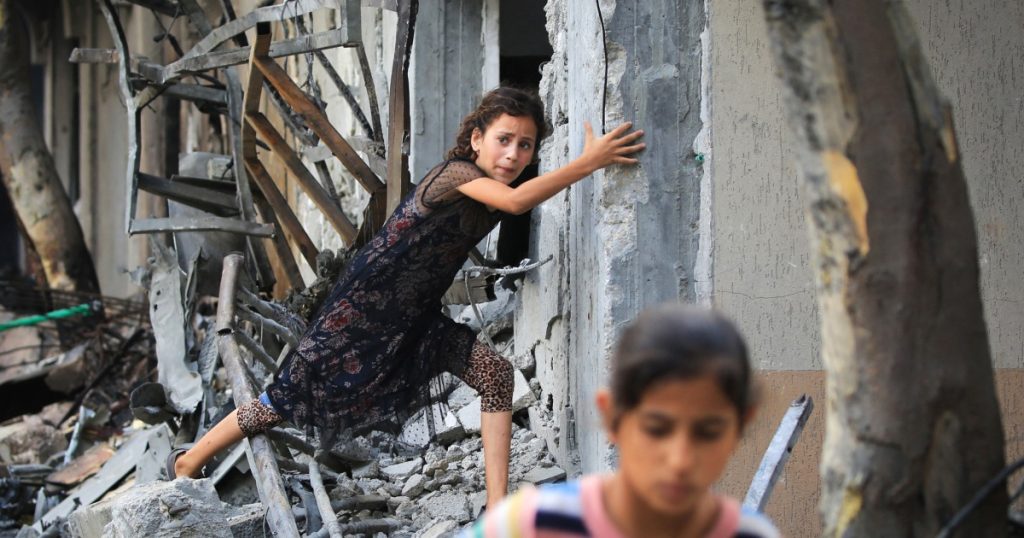The United Nations Security Council approved a U.S.-drafted cease-fire deal to halt the violent conflict between Israel and Hamas in Gaza, which had been ongoing for eight months. The resolution, finalized after negotiations among council members, required at least nine votes in favor and no vetoes from the five powerful countries on the council, known as the P5. China did not block the resolution, and Russia abstained from voting, a shift from their previous vetoes of similar resolutions due to concerns about giving Israel a green light to attack Gaza.
President Joe Biden supported the resolution, which was aimed at achieving a permanent cease-fire in Gaza and the release of all hostages held there since Hamas’ surprise attack on Israel in October. Despite Israel accepting the proposal, there were signs that they may not fully support it, particularly after a dramatic rescue of hostages by Israeli forces. This led to speculation that Israeli Prime Minister Benjamin Netanyahu may be more inclined to continue the invasion of Gaza rather than agreeing to a cease-fire. Additionally, Hamas leader Yahya Sinwar, who had resisted previous deals with Israel, could take an even harder line in response to the civilian casualties caused by the rescue raid.
Secretary of State Antony Blinken’s visit to Israel coincided with the Security Council vote, highlighting the U.S. government’s efforts to push for a cease-fire and address the situation in Gaza. Blinken met with Israeli officials, including retired Gen. Benny Gantz, who resigned from his position in the government due to disagreements with Netanyahu’s handling of the war. Gantz’s departure could lead to a shift in Israeli leadership toward far-right members of the coalition who oppose a cease-fire with Hamas, complicating efforts to end the conflict. Blinken warned of possible negative outcomes if a cease-fire is not achieved, including prolonged violence, an insurgency, or a power vacuum in Gaza.
The conflict between Israel and Hamas has resulted in significant casualties on both sides, with thousands of Palestinians killed by Israeli forces and a substantial number of hostages taken by Hamas. More than 1,200 people were killed and over 250 taken hostage in an attack by Hamas in October, with more than 100 hostages, including five Americans, still believed to be held captive in Gaza. The proposed cease-fire deal aims to address these humanitarian concerns and bring an end to the violence, but challenges remain as both Israeli and Hamas leaders navigate political pressures and security considerations in the region. The approval of the resolution by the Security Council signals a unified international effort to reach a peaceful resolution to the conflict and address the humanitarian crisis in Gaza.


